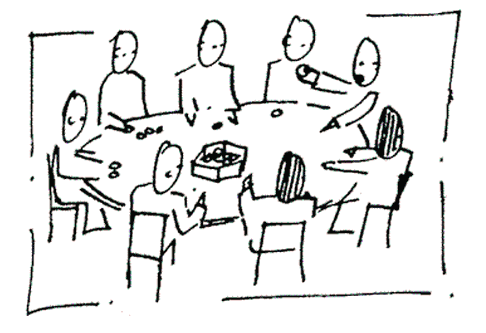Slide Presentation Design Basics
Description
Well designed slide presentations can be an effective way to communicate information.
Purpose
Slide design is critical for maintaining audience engagement and content retention.
Procedure
- Stick to key concepts. Slides should support your content, not deliver it.
- Keep slide density low. 20 words or less per slide is ideal.
- Use large font sizes (no less than 28 point).
- Use a limited color palette (3-5 colors).
- Slide contrast should be high (dark background with light text or reversed).
- Avoid bullet points where possible. Varying slide layout will help maintain audience attention.
- Avoid overwhelming your audience with visual clutter and animations.
- Use high quality images and avoid stock themes. Stock themes tend to incorporate distracting visual elements that will compete with your content.
- Know when to add content to a slide versus creating a separate handout for your audience. Printed PowerPoint slides should not be a substitute for a handout with additional details or resources.
Considerations
- Know the resolution of the computer/projector you will be using. You can specify the slide size/ratio to maximize the visible projected content. Changing size requires additional editing.
- Adding additional multimedia elements to a slideshow may require you to test this on the machine you will be presenting from.
- Slide presentations may appear differently on different operating systems (Windows vs Mac).
- If using nonstandard fonts, they should be embedded before transferring between computers.
Resources
- Reynolds, Garr. Presentation Zen Design: Simple Design Principles and Techniques to Enhance Your Presentations. Berkeley, CA: New Riders, 2010.
- “Top Ten Slide Tips.” Garr Reynolds Official Site. <http://www.garrreynolds.com/preso-tips/design/>.


